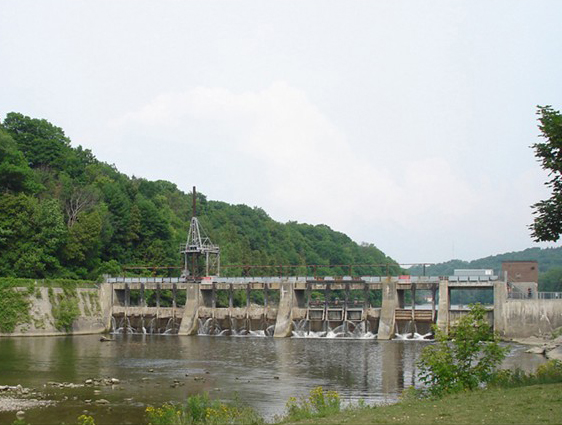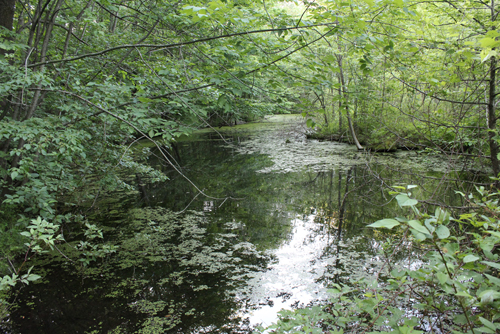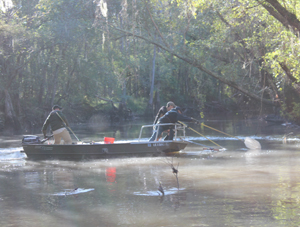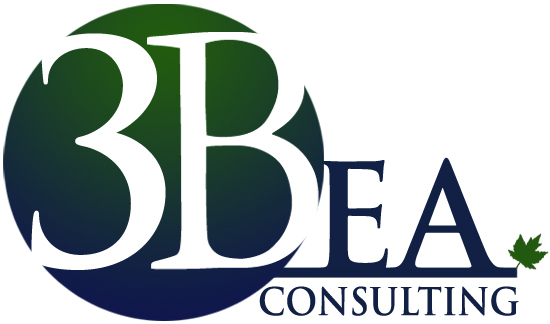|
Services
Fisheries/Aquatic Research
Wetland Evaluation
Plant and Wildlife Ecology
Woodland Ecology
Restoration and Naturalization
Environmental Impact Assessment
Species at Risk Screening
Permitting/ Approvals
|
Projects and Experience
3BEA
is committed to providing professional service for our
clients. Our extensive
and diverse experience can be seen below in the examples
of projects we are capable of conducting, including past
or upcoming projects.
|
Plant
and Wildlife Surveys
 |
3BEA has a comprehensive
knowledge on species identification. Using physical attributes,
vocalization patterns, habitat characteristics and
seasonal patterns we are able to identify organisms and assess their
role and importance in
the environment. Following the initial survey,
protection strategies can be developed for any
identified species at risk. |
|
Species at Risk
Relocation Projects
 |
3BEA
is qualified in species at risk relocations required
by regulatory agencies in areas of development. Our
team provides knowledge and support of the
appropriate protocols involved with
development in environmentally sensitive areas.
During the summer of 2015 our team will be conducting
a mussel relocation, following the
Protocol for the Detection and Relocation of
Freshwater Mussel Species at Risk in Ontario-Great
Lakes Area (OGLA), developed by Fisheries and
Oceans Canada. This relocation will survey the habitat
characteristics of a prescribed search
area (PSA), including substrate type, depth, and water
velocity and clarity, in order to select an
appropriate relocation site upstream from the construction
site.
|
|
Dam
Baseline Movements
 |
3BEA
is proficient
in measuring the impacts that dams have on the surrounding
environment, and has the knowledge to provide solutions
to limit these impacts.
3BEA
was contracted by the City of London to design and
carry out a study to assess fish movement pre- and
post-construction of the Springbank Dam on the Thames
River in Ontario. In the spring of 2006, fish
were tracked using radio telemetry to obtain baseline
(pre-construction) data, which was
compared to post-construction movement data
(2008-2010) in order to
assess the ecological impacts of the dam construction.
|
|
Ontario Wetland Evaluation Study
 |
Environmental impact studies can be performed for both
commercial and residential projects taking place in
wetlands. 3BEA is fully qualified to perform
wetland evaluations following the Ontario Wetland
Evaluation System (OWES) protocol, developed by the
Ontario Ministry of Natural Resources to measure the
function and value (biological and socio-economic) of
wetlands.
3BEA conducted an environmental
impact study for a proposed development located within
a Provincially Significant Wetland (PSW).
The study included field surveys of flora and fauna
and
identification of rare species and natural heritage
features, with the objective of protecting any
sensitive features and mitigating the impacts of the
development. |
|
Water Diversion Environmental Assessments
 |
3BEA
assesses the implications
water diversion can present on habitat, water quality, migration patterns, and
species interactions.
In
1998, 2004-2007, and again in 2012,
3BEA
provided telemetry assessments on blue suckers in the
Colorado River near Austin, Texas, for a water
diversion environmental assessment. Blue suckers
were tagged with radio transmitters and their movement
patterns were monitored over a 3 year period to
determine critical habitat, spawning behaviour, and
other variables that may be negatively impacted by the
water diversion downstream from Austin. |
|
Habitat Naturalization and Restorations
 |
3BEA
is adept in developing strategies for naturalizing and
restoring habitat, to counteract the effects of commercial
and residential projects. We apply our knowledge of wetland,
aquatic, woodland and grassland ecosystems to
develop innovative, cost-efficient, and sustainable
solutions.
From
1999-2001, we were recruited by the City of Kitchener to develop a spawning and
nursery area for warm-water fish in a local natural
area near the Grand River. We altered a former
gravel pit complex into a wetland with naturalized
ponds and connected it to the river, to serve as a
spawning and nursery area. |
|
